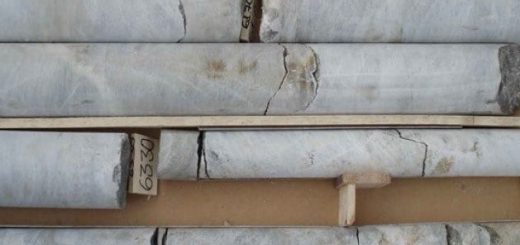Dynamic Increase Factor
Dynamic Increase factor is used to enhance/increase the strengths of the materials during the analysis and design and when there are higher rates of changing strains. For example, when blast loads are applied over structure in a very short period of time, a higher rate of changing strains can be observed. In similar instances, a dynamic increase factor could be considered.
This subject has now widely studied by the researches for taking into account the benefit of it. They found a significant influence than can be made by dynamic increase factor on designs. Different authors have suggested different values for strength enhancement. However, it can be observed that they are in the same range.
The U.S. General Service Administration (GSA) developed a guideline called Progressive Collapse Analysis and Design Guideline for New Federal Office Buildings and Major Modernization Projects in 2003. According to this guideline following enhancement factors can be considered.
Based on this guideline, concrete compression strength and reinforcement yield strength can be increased by 25%. It is recommended to use these values with much awareness about the materials to be used in the construction.
The Book “Blast Effects on Buildings by G. C. Mays and P. D. Smith also suggest a factor call dynamic increase factor (DIF) to increase the material strength in the analysis and designs. The following table indicates the values extracted from this book.

Based on the above table, concrete, reinforcement and structural steel strength can be increased. Bending, shear and compression strengths can be increased as given in the table based on the rate of changing the strains.
The application of these factors should be done after a comprehensive study of these guidelines.
Article Brief
You may refer to the following video for brief of the this article.



